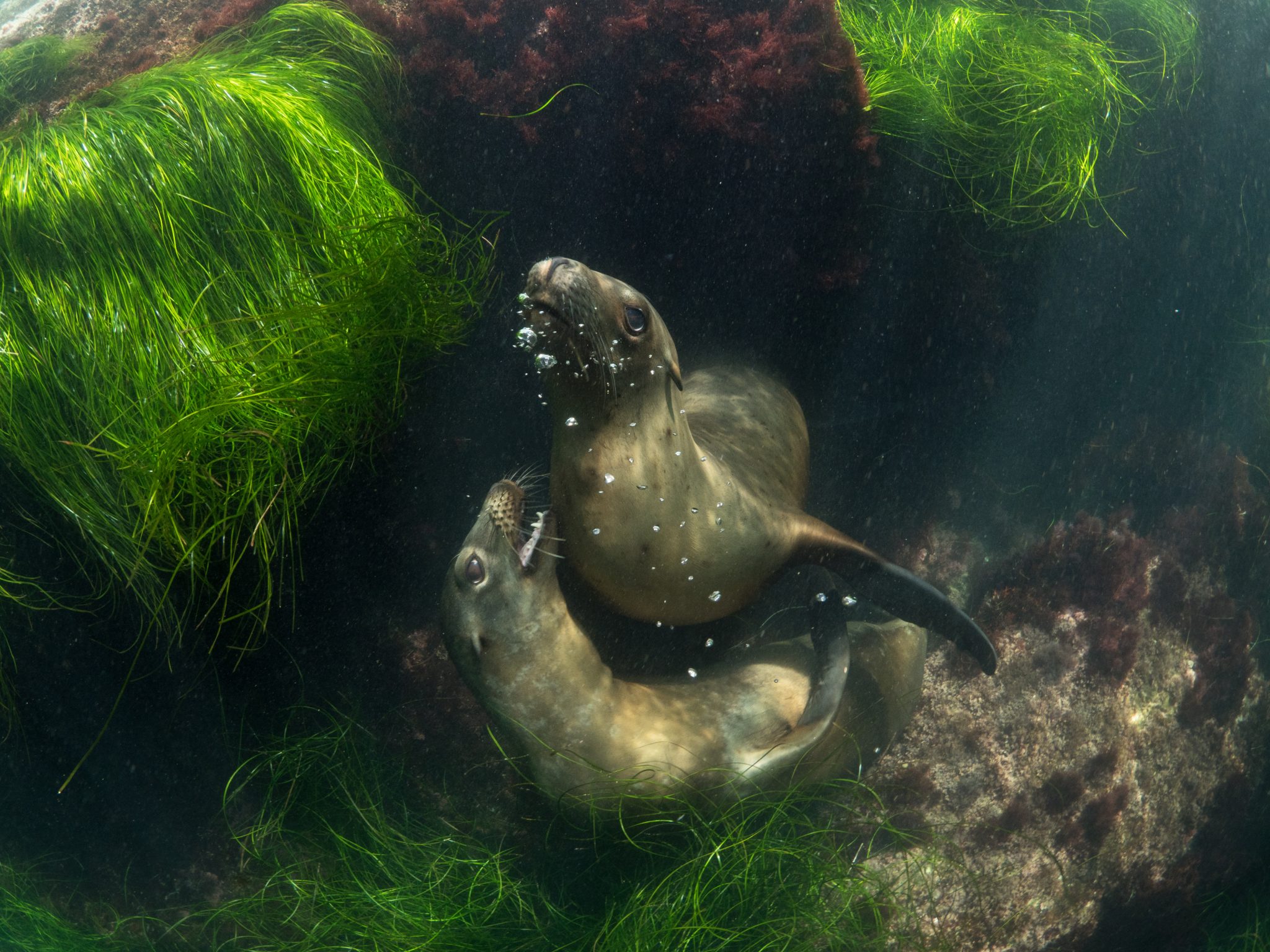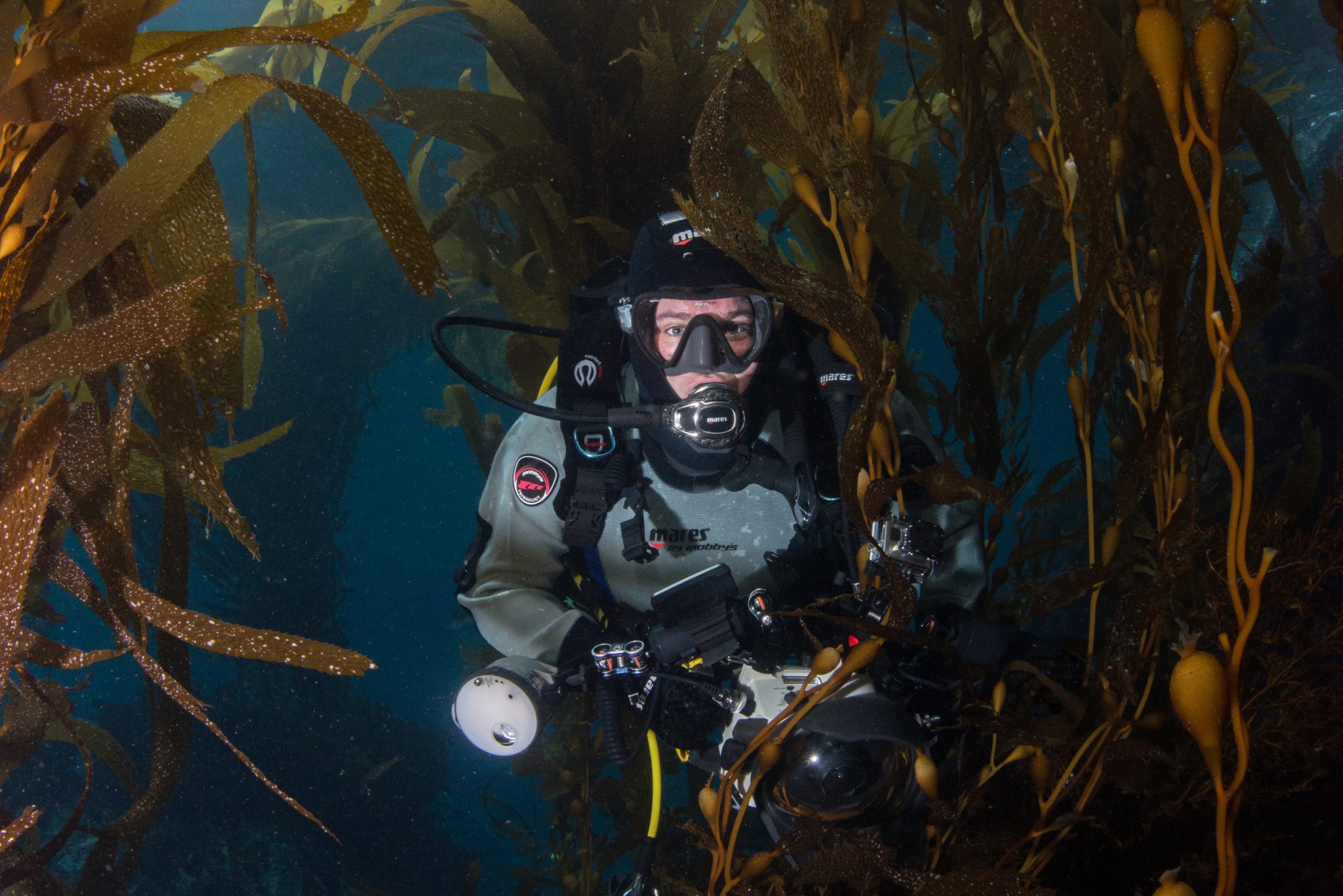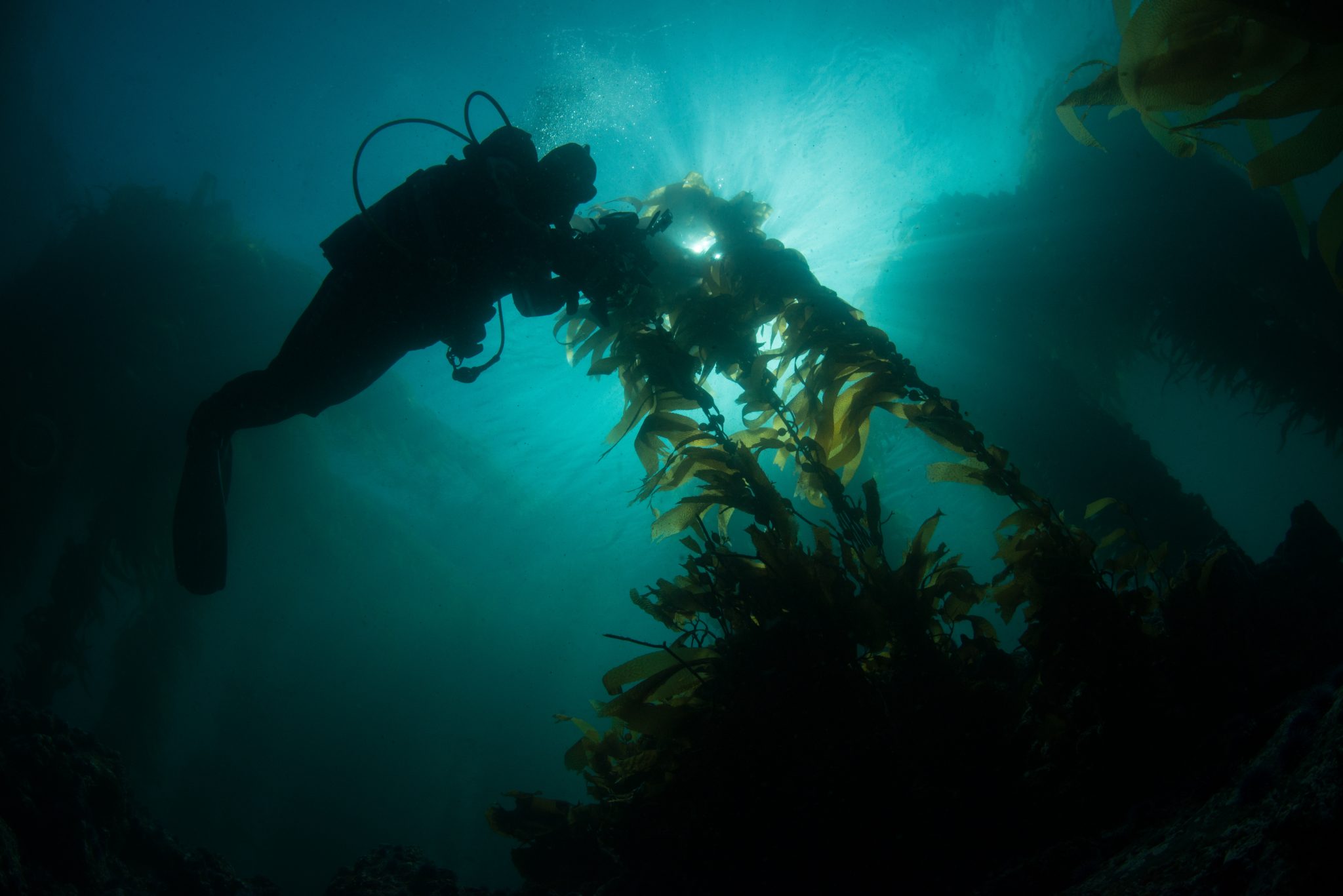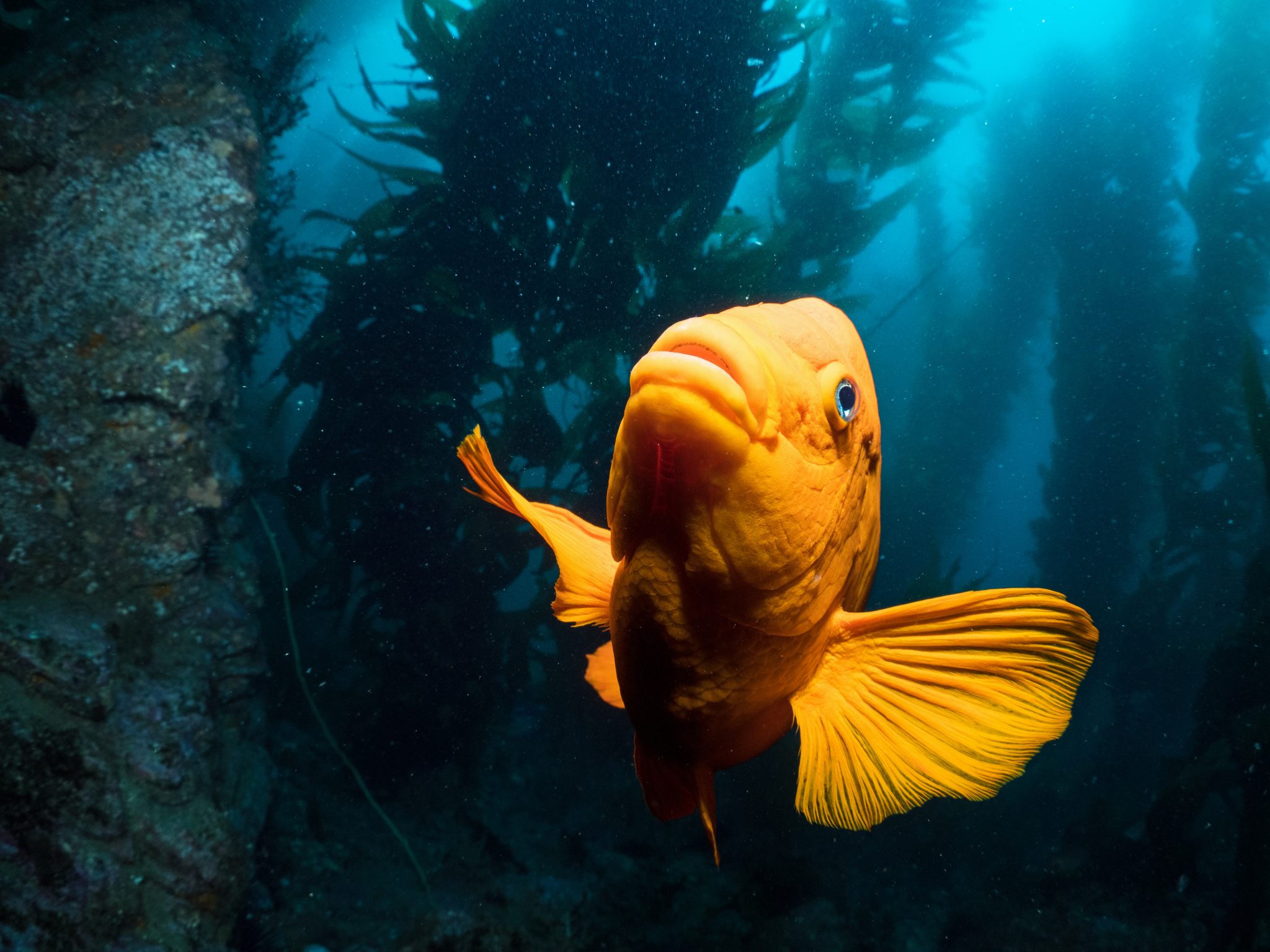Seminole Scuba is a family-owned dive shop in Central Florida close to Orlando and Disney. We offer a full range of PADi courses from beginner to professional and cave divers. In the fully stocked store we carry the top brands in the industry, including Aqualung, Atomic, Bare, Zeagle, Apeks, XDeep, Sea Life, Fantasea, and Garmin. We offer scheduled classes, individual Read more...


Overview
Fact File
| Capital | Washington D.C. |
| Population | 334,800,000
|
| Languages | English |
| Time | GMT-4 to GMT-10 |
| International Dialling Code | +1 |
| Money | US Dollar ($) |
| Tourist Board | |
| International Airports |
|
About The Diving
With over 95,000 miles of coastline and countless inland lakes and waterways there are diving opportunities all round the USA. As such, the USA has a wealth of options and experiences to offer all divers, no matter the experience level or interest. From warm tropical reef to cold water wrecks, shark diving to exploring old mine shafts, the USA really does have it all.
Most of our dive highlights will focus on coastal locations, however for the landlocked states or those with less coastline, there are some excellent quarries, lake and springs for training and keeping the skills sharp. A few of the noteworthy examples include, but are in no way limited to: Dutch Springs, Pennsylvania; Homestead Crater, Utah; Haigh Quarry & Mermet Springs, Illinois; Payette Lake, Idaho; Kraken Springs, Georgia; Salt Harbour Lake Tahoe and Lake Mead, Nevada; Clear Lake and Little Crater Lake, Oregon.
Dive Highlights
Alaska
Alaska’s pristine waters are home to some spectacular underwater topography and marine life. Though a trip here may require a little more planning, it is well worth it to dive areas like Resurrection Bay, near Anchorage with its pinnacles and walls covered in plumose anemones and abundance of life such as sea otters, seals and sharks. Smitty’s Cove also near Anchorage has WWII wreckage now home to wolf eels, rockfish and crabs. Baranof Island has massive colonies of harmless moon jellyfish in summer, and diving the sand channels between the rocky outcrops gives the chance to encounter the pacific octopus and free swimming wolf fish. The Inian Islands near Glacier Bay National Park give the chance to see pink and purple soft corals and so many nudibranchs you may stop counting when the sea lions come to play.
California
California state has a huge coastline and therefore many great diving locations. Kelp forests are the stars of the marine environment off the Californian coast, this marine algae can reach 45m in length and live for 20 years. The underwater forest provides a home for some excellent wildlife including sea otters, bright orange garibaldi, bat rays, harbour seals, abalone, leopard sharks and rock cod.
Monterey Bay National Marine Sanctuary contains Point Lobos State Marine Conservation Area, where 30 divers (15 buddy pairs) are permitted to shore dive each day. With numbers restricted the area is kept pristine and is a beautiful area to shore dive. Monterey Bay is also a good spot for all levels of divers with sheltered coves and clear waters.
Between Santa Barbara and Huntington Beach around 8 miles offshore are 25 oil rigs, 3 of which allow diving and provide an excellent experience. The metal structures are covering life from corals and sponges to all manner of macro life. The structures also offer a playground for sea lions and a refuge for passing pelagics such as sunfish, schools of sardines, sharks and rays. The Eureka rig reaches 220m and so is popular among technical divers as well as recreational.
The Channel Islands National Park, made up of Santa Barbara, Anacapa, Santa Cruz, Santa Rosa and San Miguel Island, sit in the mixing area of two major currents, cool from the North and warm from the South. This leads to a wonderfully biodiverse area and constant good visibility. With kelp forest, wrecks, and playful California sea lions, harbour seals and giant sea bass, this area has some brilliant diving. Santa Catalina is a famous dive spot off the LA coast, the kelp forest is healthy and the marine life excellent. Ship Rock is a site further out that gives the opportunity to spot some pelagic species like yellowtail tuna and sunfish.
On the mainland, San Diego La Jolla Underwater Park Ecological Reserve includes La Jolla cove which is a great spot for shore diving, snorkelling and swimming. The marine life is great with sea lions, stingrays, turtles, guitarfish, leopard sharks and even sevengill sharks in the spring time. For wreck lovers the HMCS Yukon was sunk off of San Diego in 2000; lying on her port side at 30m, she is the biggest intact ship in wreck alley.
Florida
Southern Florida has 23 miles of reef off the shores of Palm Beach to Miami. The Gulf Stream flows close to the shore here running parallel to it so drift diving is excellent. Numerous artificial reefs dot the coast including three decommissioned oil platforms. The water is warm and clear and turtles, numerous shark species, sailfish and marine mammals can be seen in the blue. Blue Heron Bridge in West Palm Beach is a well regarded muck dive popular with underwater photographers.
The Florida Keys have both coral reef and some great wrecks. The Vandenberg, a 160m missile tracking ship in 14-46m of water is the second largest purposely sunk wreck in the world. Other good wreck dives include the coastguard cutters Bibb and Duane and the USS Spiegel Grove.
Off the Pensacolan coast is the largest purpose sunk wreck in the world, the USS Oriskany. Affectionately known as the Great Carrier Reef, this 271m (!) Navy aircraft carrier is a bucket list dive for wreck lovers and a great wreck for technical diving. The control tower starts at 25m, the main deck at 44m and the hull rests at 64m.
There are also some great freshwater sites in Florida, due to the network of springs. A fun drift dive can be done on Rainbow River, with alligators, snapping turtles and manatees. Crystal River is also home to a sizable manatee population in winter when these gentle grazers come close to shore and upstream in search of some warmer resting areas.
Great Lakes, Michigan & Wisconsin
The Great Lakes are a top destination for shipwreck lovers as the cold, fresh water keeps the ships beautifully preserved. The Presque Isle coastline in Lake Huron has a collection of 75 wrecks including steamers and schooners. Shipwreck alley is home to the Cornelia B. Windiate, while Lake Michigan has the Metropolis and Yuba in the Grand Traverse Underwater Preserve. The Straits of Mackinac Shipwreck preserve is home to a wooden schooner that sank in 1891, the William Young and the 184m Cedarville. If you love wrecks, this is a pretty great area to dive and you certainly won’t be short of options!
Hawaii
The Hawaiian Islands have so much to offer any scuba diver they could have a guide all to themselves, however here are just a few highlights from this incredible group of volcanic gems. Kona on the Big Island has over 50 dive sites. The volcanic underwater topography of lava tubes, grottos and huge boulders makes for an interesting backdrop to the 60+ species of endemic fish, turtles, sharks, manta rays and even humpback whales. One of the most exciting dives is the night time manta ray dive and for more nighttime action, blackwater diving has now become very popular.
Maui is home to large caverns and lava chutes. Nearby, sites like Lanai Cathedrals are a great spot to see turtles, white tip reefs sharks, dolphins and even migrating whales.
Oahu is known as the “Wreck Capital of Hawaii” with around ten sites easily accessible for all divers. The Corsair, YO-257 and San Pedro are all great to dive, with a good variety of life including eagle rays, barracuda and turtles. Divers and non-divers can also take part in shark cage diving to see some of Hawaii’s 40+ species of shark; tiger and hammerheads being some of the favorite sightings.
All the islands have some spectacular diving and as each island was formed at a different time, they all have subtle differences underwater. If you have the time it is well worth visiting a few of the islands to experience all Hawaii has to offer.
Maine
Maine has some spectacularly craggy coastline with some great shore diving. Nubble Lighthouse, with its flounder and cod, Atlantic lobster, skates, crabs and blood stars is a firm favorite. Night dives in this area offer bioluminescence, squid and small sharks.
Missouri
Missouri might seem like an odd place to have on the list but an hour south of St Louis is Bonne Terre Mine. This former lead mine fell into disuse and flooded with a huge volume of freshwater. Today there are 24 guided routes to explore, through manage tunnels, caverns and arches, with 30m of visibility. Old ore carts, picks and shovels, and other leftover equipment from the mine adds interest. The water is 17°C year round and non divers can take a boat tour, making it a fun family day out and something a little bit different.
North Carolina
The Outer Banks is a notoriously hazardous series of barrier islands off the North Carolina coast that have claimed many ships and is known as the Graveyard of the Atlantic. The network of wrecks littering the seabed attract a variety of temperate and sub-tropical species, including Sand Tiger sharks. These sharks follow the warm Gulf Stream to breed around the Outer Banks May to October before returning south in winter to Florida. Morehead is a good base for diving several wrecks including the Aeolus, Atlas, Caribs, Papoose and the Spar, a 55m long intact USCG cutter. All these wrecks are usually hangout for sand tiger sharks. While not all are particularly curious about divers they do add a wonderful atmosphere to the wrecks as you explore.
New York
For those willing to make the two hour boat ride 20 miles offshore from Long Island, divers will be rewarded with a cage diving adventure to see the pelagic species blue and mako sharks. A little closer to shore, Atlantic Beach has an old causeway now home to huge schools of bass and numerous lobsters.
South Carolina
Myrtle Beach is home to the Hebe, a merchant vessel at 35m, 42 miles off the coast. Shoals of amberjack, barracuda, grouper and turtles call this wreck home as do the sand tiger sharks which appear in autumn.
Texas
100 miles offshore from Freeport lies Flower Garden Banks, a series of three salt domes home to pretty much every fish indigenous to the Gulf of Mexico and the northernmost coral reefs on America’s continental shelf. With the top of each reef starting at around 18m, the marine life includes hawksbill and loggerhead turtles, silky sharks, hammerheads in spring, whale sharks and manta rays in summer, spinner dolphins and a wealth of macro life.
The USTA Texas Clipper is a purpose sunk wreck near South Padre Island. The third largest in the US, this 144m ship attracts pelagics including hammerheads, whale sharks and sunfish. The Platform 376 oil rig is another pelagic hot spot with shark sightings on nearly every dive. The structure is covered in life and schools of mackerel and amberjack are regulars.
Washington
The north of Washington State around Bellingham and Puget Sound has some spectacular diving. While it is important to watch the tides here closely the life is excellent. The water temperature in Puget Sound is pretty stable at 10°C, meaning there are lots of cold water dwellers including sea lions, giant anemones, orcas, ratfish, lingcod, wolf fish, kelp crabs and pacific octopus. There are also several wrecks to explore in the 75 or so shore dives.
San Juan Islands have arguably some of the best diving with protected areas and nutrient rich waters making the sea life fantastic. When the conditions are right, usually best in early to mid summer the diving is nothing short of exceptional.
When To Go
No matter what the season there will be somewhere in the USA that is great to dive. With the Atlantic to the East, the Pacific to the West and the Gulf of Mexico to the South, the conditions and best times to dive depend where you want to go. Alaska can be dived year-round with most divers visiting in the summer months. California has the warmest water temps in August to September, Florida has warmest water temps June through October. The Great Lakes dive season starts in May and continues through November.
Hawaii’s tropical climate means it can be dived year-round and Maine and New York have sites that can be dived year round, while blue shark trips run June to October. In North Carolina May-October has the best conditions and is also the best times to see Sand Tiger Sharks. In South Carolina the sharks appear in Autumn. Texas has sites diveable year-round, visibility is 30m in summer and species seen changes with the season. In Washington State late spring to early autumn offers the best conditions.























